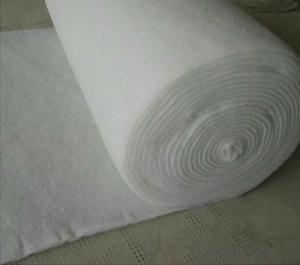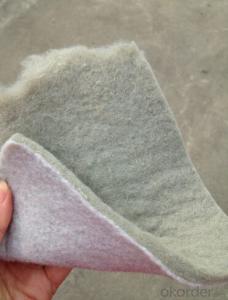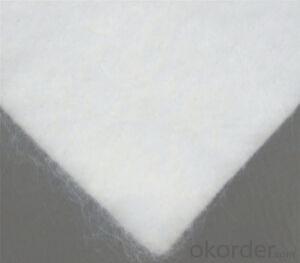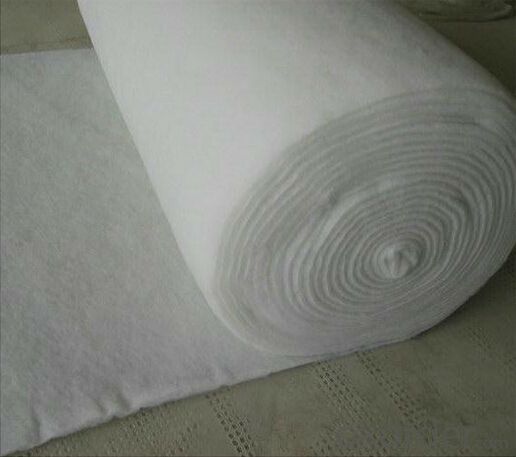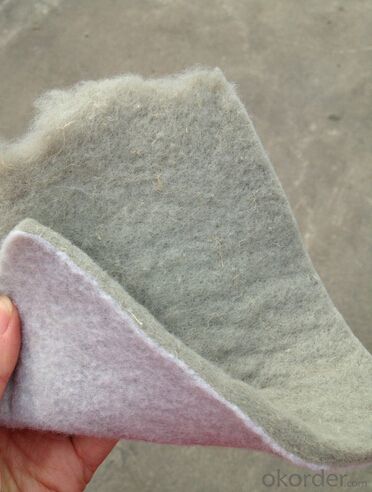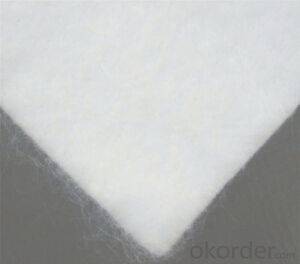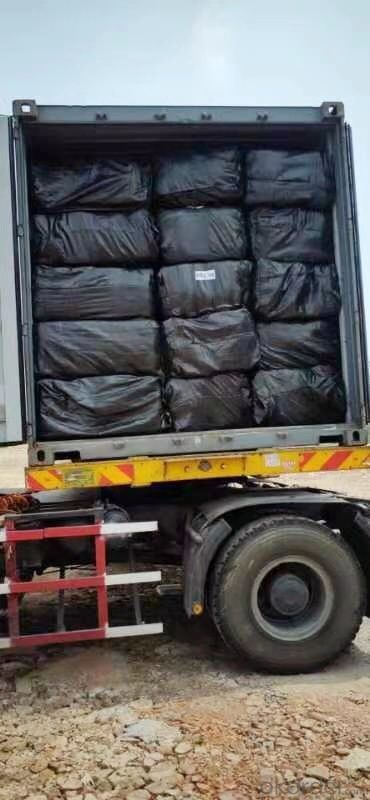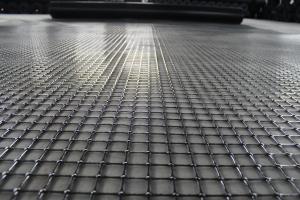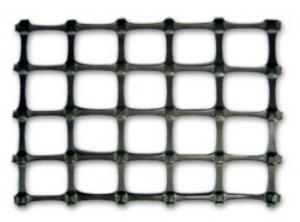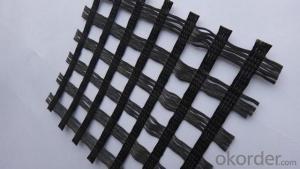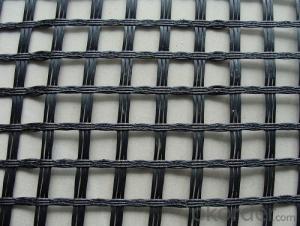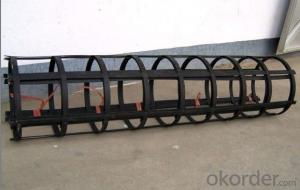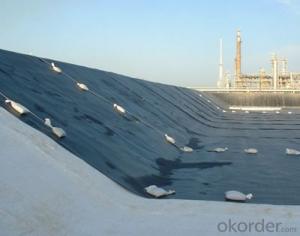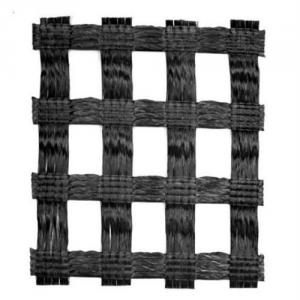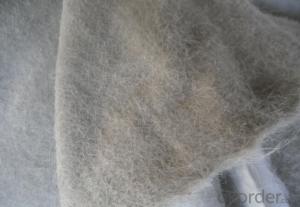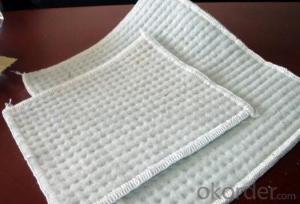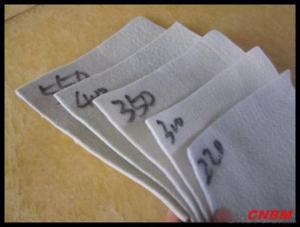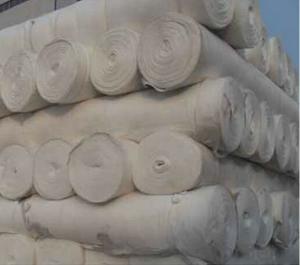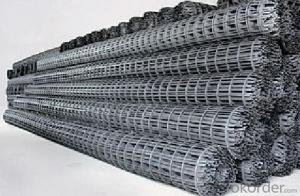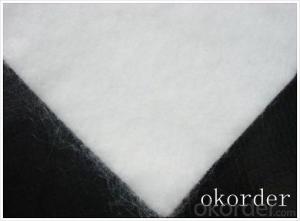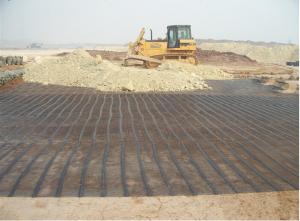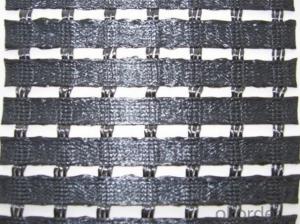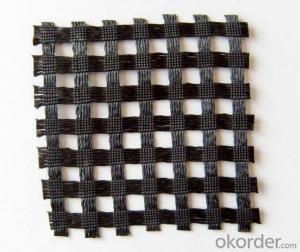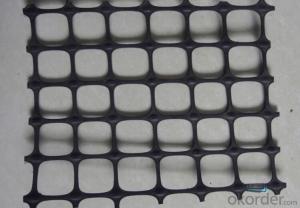Geogrids for Roads - Planting Grass Nutrition Geotextile Nonwoven Geotextile Professional Geotextile Membrane
- Loading Port:
- Qingdao
- Payment Terms:
- TT OR LC
- Min Order Qty:
- 5000 m²
- Supply Capability:
- 2000000 m²/month
OKorder Service Pledge
OKorder Financial Service
You Might Also Like
Nutrition geotextile in water environmental engineering .
Specification:
Planting grass geotextile has the very good fabric clearance, good adhesion ability soil particles
Product Feature:
1. Simple and fast construction
2. Achieve the greening effect quickly after construction
3. Due to the grass and composite fiber fabrics become into one integration, so it has the ability of certain degree of flow resistance for the water rising before the grass survive.
4. Composite fiber fabric is a continuous structure from slope top to slope toe, both ends are fixed, has high water flow resistance.
Technical Specification
5.0 m length and 1.05 m width. Reverse side all used filter material. Grass seeds: Bermuda grass (warm season grass), Bahia grass (warm season grass), Kentucky bluegrass (cold season grass), Tall fescue grass (cold season grass), Red fescue grass (cold season grass). Plant height: 0.1 ~ 0.5 m.
| NO. | Items | Specification | Notes | |||
| 1 | Total unit area weight g/sq.m | ≥380 | ||||
| 2 | dimension | width m | 1.0~2.0 | |||
| length m | as per user’s request | |||||
| 3 | Composite fiber fabrics | Material | Polyester Fiber | High strength PET | ||
| Unit area weight g/sq.m | ≥160 | |||||
| Mesh dimension mm | 8×8 | |||||
| Extension strengh kn/m | ≥11 | MD & CD | ||||
| 4 | Filtra layer | Material | Polyester non woven geotextile | |||
| Unit area weight g/sq.m | ≥40 | |||||
| 5 | Grass seeds, Fertilizer | Type | According to actual situation choose 3~5 grass seeds | |||
| Plant height m | 0.1~0.3 | |||||
| 6 | Fiber layer | Material | wood pulp cellulose | |||
| Unit areaweight g/sq.m | ≥15 | |||||
| 7 | flow resistance | ≥4 | not allow appear scour, suction and blanket turn-over etc. damage phenomenon | |||
| M/s | ||||||
| 8 | Anti-UV strengh conservation rate % | 65~80 | 3000hrs Continuously exposure 3000hrs | |||
| 9 | Supporting spare parts | ABS fastening nail | Material | ABS Resin | Fixed between two blankets by length direction | |
| Fiber diameter mm | 35 | |||||
| Nail length mm | 325 | |||||
| Lnail | Material | Steel wire (content 10% zinc-aluminium alloy) | Used to fix single blanket | |||
| Fiber diameter mm | 4 | |||||
| Nail length mm | 200 | |||||
| ABS connecting nail | Material | ABS Resin | Used in the slope between the two blankets ( width direction) | |||
| Nail length mm | 38 | |||||
| Connecting fiber | Material | High strength Polypropylene | Used in the slope between the two blankets ( width direction) | |||
| Length mm | Cut as per request | |||||
APPLICATION:
Generally laid on the river channel, slope protection etc. slope revetment projects, to control the water erosion, soil loss, meantime can reach the effect of slope ecological restoration and landscape greening, making river back to natural.
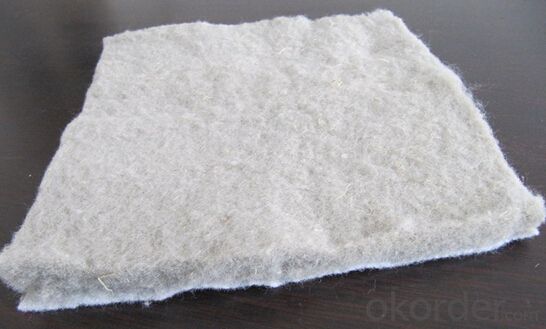
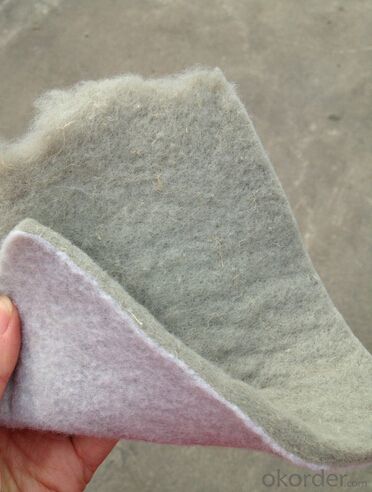
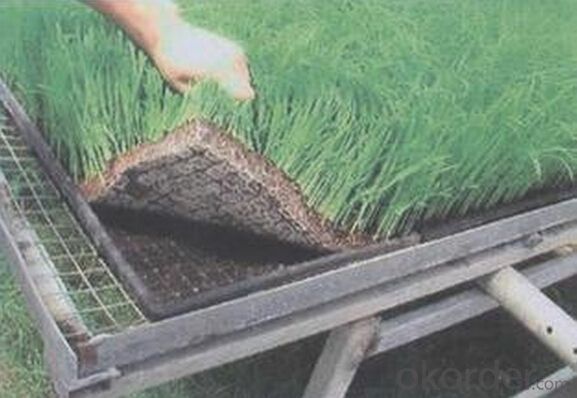
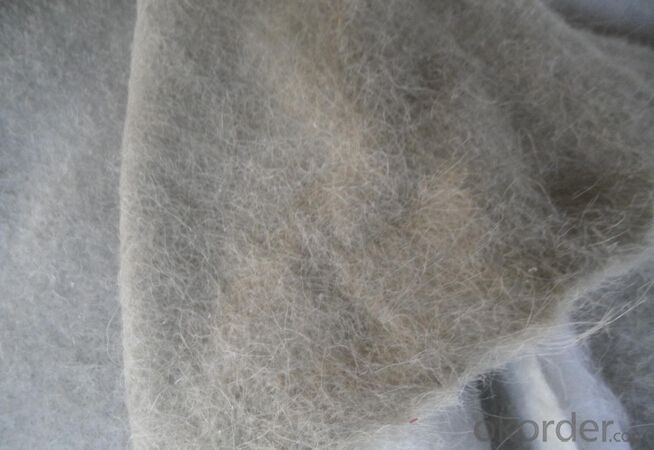
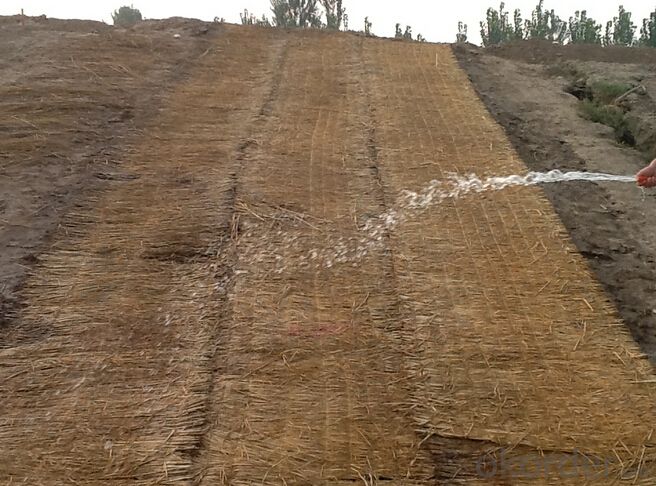
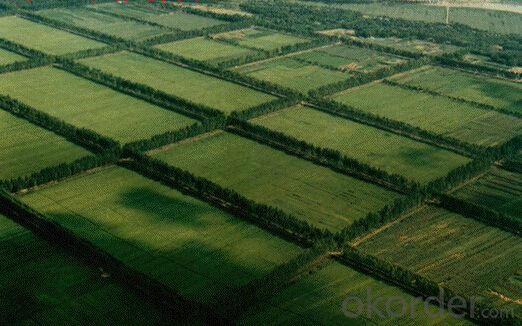
- Q: Classification and characteristics of geogrids
- The geogrid is divided into four categories: fiberglass geogrid, steel plastic geogrid, polyester geogrid and plastic geogrid
- Q: Can geogrids be used in riverbank protection projects?
- Yes, geogrids can be used in riverbank protection projects. Geogrids are effective in stabilizing soil and preventing erosion, making them suitable for reinforcing riverbanks and providing structural support. They can help to mitigate the effects of water flow and protect the riverbank from further damage.
- Q: Can geogrids be used in reinforcement of foundation slabs?
- Yes, geogrids can be used in the reinforcement of foundation slabs. Geogrids are commonly used to enhance the stability and load-bearing capacity of soil, making them suitable for reinforcing foundation slabs. They help distribute the load more evenly, reduce soil movement, and prevent cracking or settling of the slab.
- Q: Can geogrids be used in reinforcement of rock slopes?
- Yes, geogrids can be used in the reinforcement of rock slopes. Geogrids are commonly used to stabilize and strengthen slopes by improving the stability and increasing the bearing capacity of the soil or rock. They are effective in preventing slope failures and erosion, and can be installed in combination with other methods such as rock bolts or shotcrete to provide additional support and reinforcement to the rock slope.
- Q: How do geogrids help in pavement design?
- Geogrids help in pavement design by providing reinforcement and stabilization to the pavement structure. They are placed within the layers of the pavement to distribute and restrain the loads, enhancing the overall strength and durability of the pavement. Geogrids also help in reducing the occurrence of cracks and rutting, extending the lifespan of the pavement.
- Q: What are the factors that affect the creep behavior of geogrids?
- The factors that affect the creep behavior of geogrids include the type and quality of the material used in the geogrid, the magnitude and duration of the applied load, the environmental conditions such as temperature and moisture, and the installation and construction techniques employed.
- Q: I would like to ask the geotechnical engineering of highway engineering, geogrid raw materials for the conventional test items, parameters?
- The conventional detection of geogrid includes: appearance, physical properties (including: Determination of mass per unit area, amplitude measurement, mesh size measurement)
- Q: Are geogrids suitable for use in ground reinforcement for residential developments?
- Yes, geogrids are suitable for use in ground reinforcement for residential developments. They provide excellent soil stabilization and reinforcement, helping to prevent soil erosion, improve load-bearing capacity, and enhance the longevity of residential structures. Geogrids are a cost-effective and sustainable solution for various ground reinforcement applications, making them a suitable choice for residential developments.
- Q: What are the limitations of using geogrids?
- Geogrids have certain limitations that need to be considered. First, they are not suitable for all soil types and conditions, as they may not provide sufficient reinforcement or stability in certain situations. Additionally, geogrids are not effective in controlling erosion or preventing soil movement on their own; they need to be combined with other erosion control measures. Furthermore, installation and maintenance of geogrids can be complex and require expertise, making them more expensive compared to traditional soil stabilization methods. Finally, geogrids have a limited lifespan and may degrade over time, requiring replacement or repair.
- Q: Are geogrids suitable for use in mining tailings dams?
- Yes, geogrids are suitable for use in mining tailings dams. Geogrids are engineered materials that provide reinforcement and stability to the soil, making them an ideal solution for constructing and reinforcing tailings dams in mining operations. They improve the strength and load-bearing capacity of the dams, prevent soil erosion, and enhance the overall stability and safety of the structure.
Send your message to us
Geogrids for Roads - Planting Grass Nutrition Geotextile Nonwoven Geotextile Professional Geotextile Membrane
- Loading Port:
- Qingdao
- Payment Terms:
- TT OR LC
- Min Order Qty:
- 5000 m²
- Supply Capability:
- 2000000 m²/month
OKorder Service Pledge
OKorder Financial Service
Similar products
Hot products
Hot Searches
Related keywords
